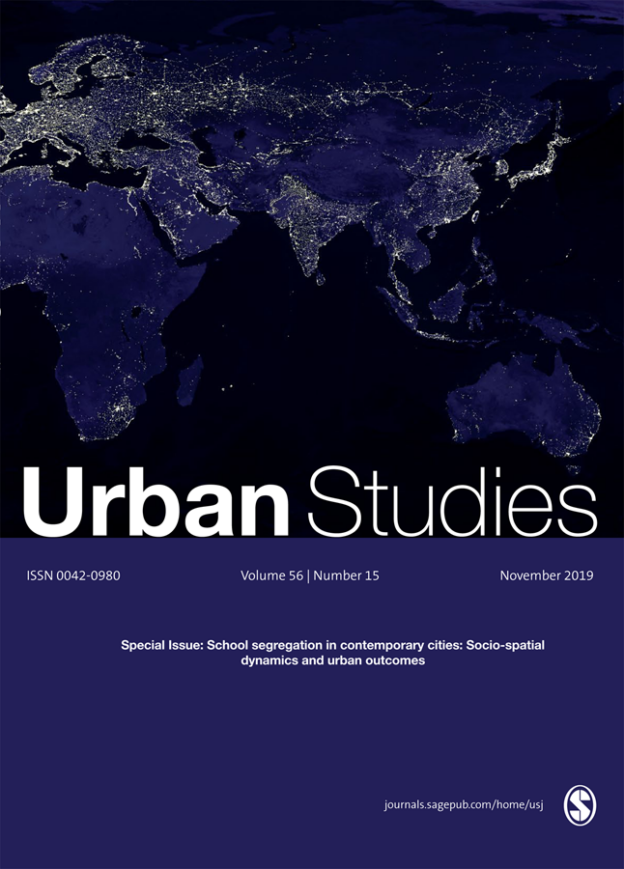PDF | Urban Studies, 56 (11), Nov. 2018
Modai-Snir Tal and Pnina Plaut
Abstract
Ethnic and socioeconomic segregation levels vary over time and so do the spatial levels of these segregations. Although a large body of research has focused on how residential mobility patterns produce segregation, little is known about how changing mobility patterns translate into temporal and scale variations in sorting. This article develops a methodological framework designed to explore how changing mobility patterns reflect such trends. It introduces a measure of sorting that reflects the extent of disparities among groups in their socio-spatial mobility. Trends in the direction and the extent of sorting can be exposed by computing sorting measures over consecutive periods. The measure is broken down to capture the relative contributions of residential mobility to sorting at hierarchically nested geographical units, for example cities and their constituent neighbourhoods. An empirical demonstration shows that changes in residential mobility patterns affect the magnitude and spatial level of residential sorting, which vary even over the short term.
